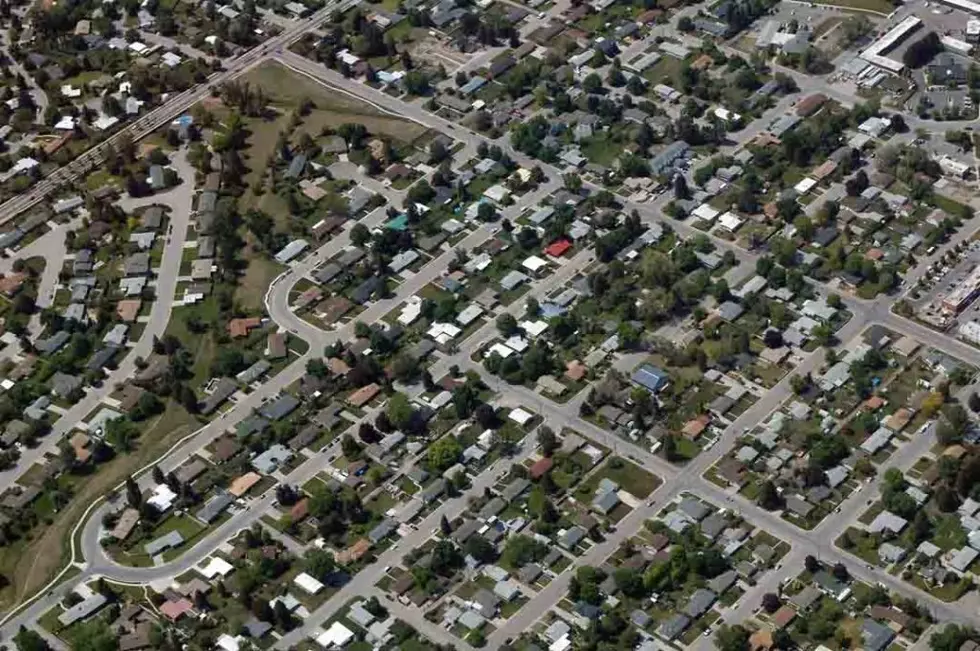
Missoula housing construction in 2015 fell short of growth policy goals, study says
By Martin Kidston
Nearly 450 new residential units were built in Missoula in 2015, including 203 homes and 244 multi-family units, according to the latest snapshot of growth within the city's expanding metro area.
Staff with Development Services on Wednesday presented the figures to members of the City Council's Land Use and Planning Committee, an annual rite that's intended to track development within Missoula's Urban Fringe Development Area.
The numbers pinpoint where Missoula is growing and how that development adheres to the city's growth policy, along with its efforts to guide new building projects toward areas with existing infrastructure and public services.
Garin Wally, the GIS analyst and planner with Development Services, said the 449 new housing units constructed in 2015 are below the 510 to 700 new units recommended annually by the growth policy.
Three of the past four years have met that goal, though 2015 fell short.
“Most of that development took place in the core, while single family was spread across the fringe,” said Wally. “Development was a little slower in 2015 than the previous two years, especially in the Brooks Street corridor. During each of the previous two years, about 94 units were developed. It dropped to 19 in 2015.”
According to the report, construction of single family homes has increased each year since 2011 while construction of multi-family units has declined each year since 2013. The figures hold implications for affordability in a city where the housing stock is tight, a fact that has driven prices up to record levels.
During 2015, the boundary encompassing the Urban Fringe Development Area was expanded to roughly 40,200 acres, though that includes open space where development is restricted. The size of the incorporated city accounts for roughly 45 percent of the boundary, or 18,700 acres.
An estimated 90,000 people live within the boundary.
According to the report, residential development within the boundary saw increases in Miller Creek, Target Range and the central district. However, development decreased in East Mullan, Russell to Reserve, and the Brooks corridor.
“No new major subdivisions were approved in 2015,” Wally said.
Laval Means, manager of Planning Services, said the city has been collecting baseline data for nine years now. She believes it's enough information to warrant a deeper look at the trends and numbers.
“We want to do some evaluations with land use compared to zoning to get a sense if there's some critical areas we should focus on in the future,” said Means. “Our hope for next year is to look deeper into gathering and assessing the background information, and what that means to our residential allocation going forward.”
Means said her department also plans to work more closely with the city's new Office on Housing and Economic Development. Mayor John Engen established the new department earlier this year to get a handle the city's lack of affordable housing, along with its housing shortage.
Contact reporter Martin Kidston at info@missoulacurrent.com
